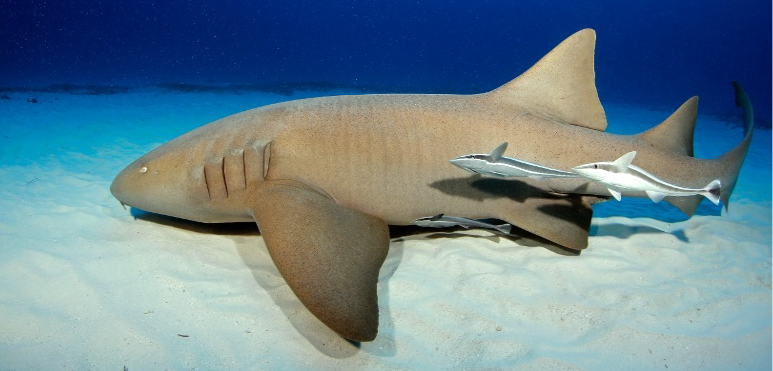Targeting TNF-α as a treatment modality has shown tremendous success, however there are several limitations associated with the current anti-TNF-α biologic drugs including: immunogenicity, life-threatening infections, resistance to treatment, complexity of manufacture and cost of treatment. Ubah et al. report the in vivo efficacy of novel anti-TNF-α formats generated from molecular engineering of variable new antigen receptors (VNARs), originally derived from the immune system of an immunized nurse shark.
Published in Frontiers in Immunology 2019 Mar 22;10:526. doi: 10.3389/fimmu.2019.00526.
An Anti-hTNF-α Variable New Antigen Receptor Format Demonstrates Superior in vivo Preclinical Efficacy to Humira® in a Transgenic Mouse Autoimmune Polyarthritis Disease Model
Two anti-TNF-α VNAR formats, a tandem multivalent trimer, and an Fc-fused quadrivalent construct were tested in the preclinical mouse efficacy model of polyarthritis (Tg197) and comparedto the commercial anti-TNF-α “best in class” therapy, Adalimumab (Humira®). Both VNAR formats bind and neutralize TNF-α through an epitope that appears to be different from those recognized by other anti-TNF biologics used clinically. All doses of the Fc-fused quadrivalent construct from 0.5 to 30 mg/kg, significantly blocked the development of polyarthritis. Moreover, while at 0.5 mg/kg of Fc-fused quadrivalent construct the arthritis score was improved by 76% and the histopathology score by 63%, at 1 mg/kg Humira improvement reached only 39 and 16% respectively, highlighting thus the superiority of anti-TNF VNARs in an in vivo setting and demonstrating the potential of VNAR formats to meet the requirements of next-generation anti-TNF-α therapies.

